magine a world where downloading a high-definition movie takes just seconds, self-driving cars communicate instantly to avoid accidents, and surgeons perform operations on patients thousands of miles away with pinpoint accuracy. This isn’t science fiction, it’s the promise of 5G technology. As the fifth generation of wireless networks, 5G is transforming how we connect, communicate, and interact with the world. In this article, we’ll explore what 5G is, how it works, its benefits, challenges, and what the future holds.
What is 5G?
5G is the fifth generation of cellular network technology, following 1G (analog voice), 2G (digital voice), 3G (mobile data), and 4G (high-speed mobile internet). First deployed in 2019, 5G is designed to deliver:
- Ultra-fast speeds: Up to 10 Gbps, potentially 100 times faster than 4G.
- Ultra-low latency: Response times as low as 1 millisecond, critical for real-time applications.
- Massive connectivity: Support for up to 1 million devices per square kilometer, ideal for IoT.
- Energy efficiency: Improved battery life for devices and reduced network energy use.
Unlike 4G, which primarily enhanced mobile internet, 5G is a platform for diverse applications, from enhanced mobile broadband to autonomous vehicles and smart cities. It’s built to handle the exponential growth in data, expected to reach hundreds of zettabytes in the coming decade, driven by technologies like AI and IoT.
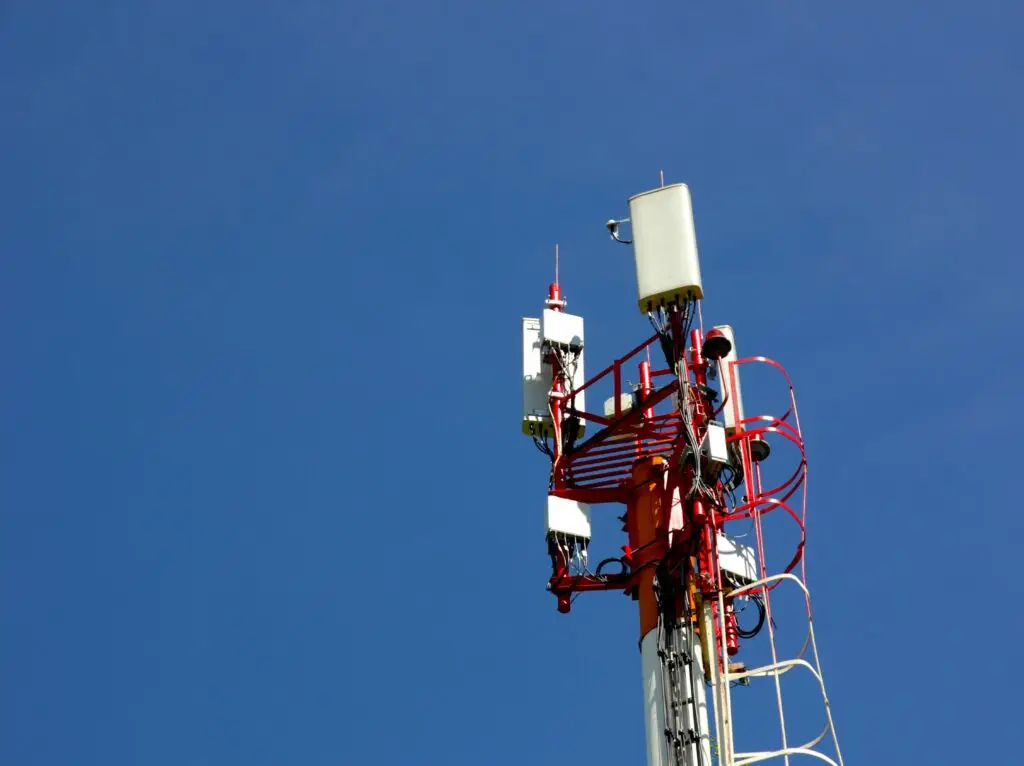
How Does 5G Work?
5G operates using a new radio interface called 5G New Radio (NR), developed by the 3rd Generation Partnership Project (3GPP) based on International Telecommunication Union standards. It leverages a wider range of frequency bands:
| Band | Frequency Range | Speed | Coverage |
|---|---|---|---|
| Low-band 5G | 600–900 MHz | 5–250 Mbit/s | Wide, similar to 4G |
| Mid-band 5G | 1.7–4.7 GHz | 100–900 Mbit/s | Several kilometers |
| High-band 5G (mmWave) | 24–47 GHz | Up to several Gbit/s | Limited, dense urban areas |
To maximize performance, 5G employs advanced technologies:
- Massive MIMO: Uses large antenna arrays to boost signal quality and capacity.
- Beamforming: Directs signals to users, reducing interference.
- Small Cells: Low-power base stations for high-band 5G in urban areas.
- Network Slicing: Creates virtual networks for specific use cases, like streaming or enterprise tasks.
These technologies enable 5G to deliver faster, more reliable connections, even in crowded environments.

How Does 5G Differ from 4G?
Here’s how 5G stacks up against 4G:
- Speed: 5G offers peak download speeds of 10 Gbit/s, about 10 times faster than 4G’s 1 Gbit/s. Real-world speeds vary: low-band at 50–250 Mbit/s, mid-band at 100–900 Mbit/s, and high-band in the gigabit range.
- Latency: 5G reduces latency to 1–12 ms, compared to 20–30 ms for 4G, enabling near-instantaneous responses.
- Capacity: 5G supports a 100-fold increase in traffic capacity, handling up to 1 million devices per square kilometer versus 4G’s 10,000.
- Frequency Bands: 5G uses low, mid, and high bands, while 4G primarily uses low and mid bands, limiting its speed and capacity.
These improvements make 5G ideal for applications requiring high speed, low latency, and massive connectivity.
Key Benefits of 5G
5G’s capabilities unlock numerous benefits:
- Faster Downloads and Streaming: Download movies or games in seconds and enjoy buffer-free streaming.
- Enhanced Mobile Experiences: Seamless video calls, augmented reality (AR), and virtual reality (VR) without lag.
- IoT and Smart Devices: Connects millions of devices in smart homes, cities, and industries for real-time data analysis.
- Autonomous Vehicles: Enables instant vehicle-to-vehicle communication for safer driving.
- Healthcare Innovations: Supports telemedicine, remote monitoring, and robotic surgery.
- Industrial Efficiency: Powers smart factories with connected machines and predictive maintenance.
For businesses, 5G fosters innovation in autonomous mobility, smart factories, and VR/AR applications. For society, it’s predicted to create trillions in economic value and millions of jobs, enhancing smart cities, healthcare, and environmental monitoring.
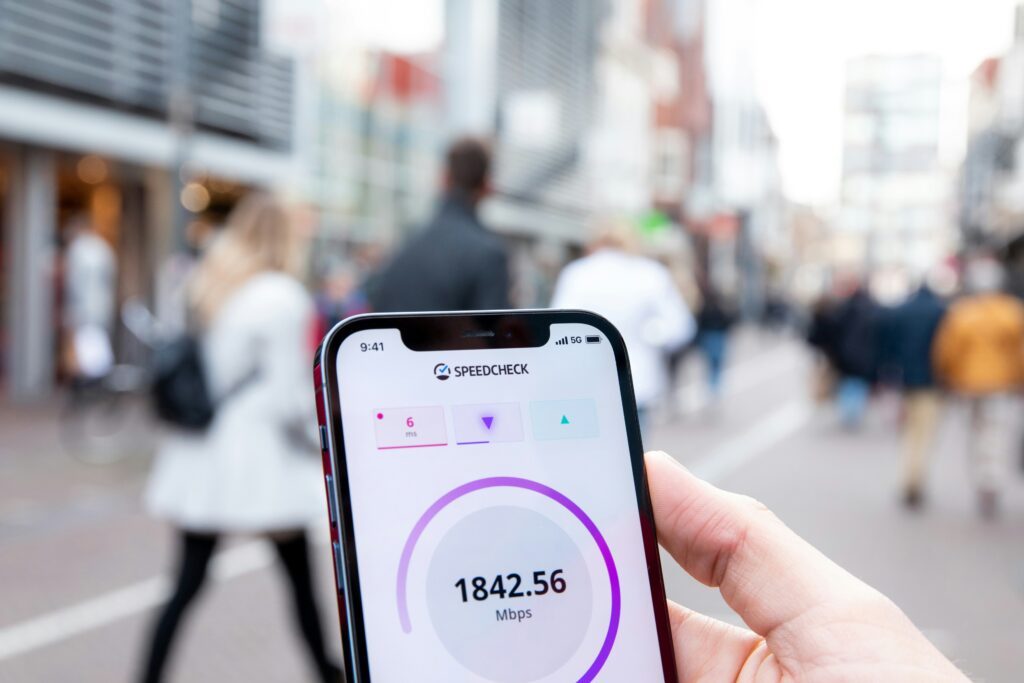
Applications and Use Cases
5G supports three main application types defined by the ITU:
- Enhanced Mobile Broadband (eMBB): Faster, more reliable internet for streaming and gaming.
- Ultra-Reliable Low Latency Communications (URLLC): Critical for real-time applications like autonomous driving and remote surgery.
- Massive Machine Type Communications (mMTC): Connects vast IoT networks for smart cities and agriculture.
Specific use cases include:
- Smart Cities: IoT for traffic management, public safety, and emissions monitoring.
- Healthcare: Remote diagnostics, wearable devices, and robotic surgery.
- Autonomous Vehicles: Real-time communication with infrastructure and other vehicles.
- Industrial IoT: Automated manufacturing and predictive maintenance.
- Entertainment: Immersive VR/AR experiences and cloud gaming.
These applications highlight 5G’s potential to transform industries and daily life.
Current Status of 5G Deployment
As of 2025, 5G is widely deployed, with South Korea leading large-scale adoption in 2019. Ericsson predicts 65% global population coverage by the end of 2025 (Ericsson: 5G Coverage). Major carriers like Verizon, AT&T, and T-Mobile have invested heavily, but coverage varies:
- Urban Areas: Extensive mid and high-band 5G for high speeds.
- Rural Areas: Primarily low-band 5G, with speeds closer to 4G.
Challenges include building new cell towers for high-band 5G and securing spectrum, but adoption is accelerating, with billions of subscribers expected by 2025.
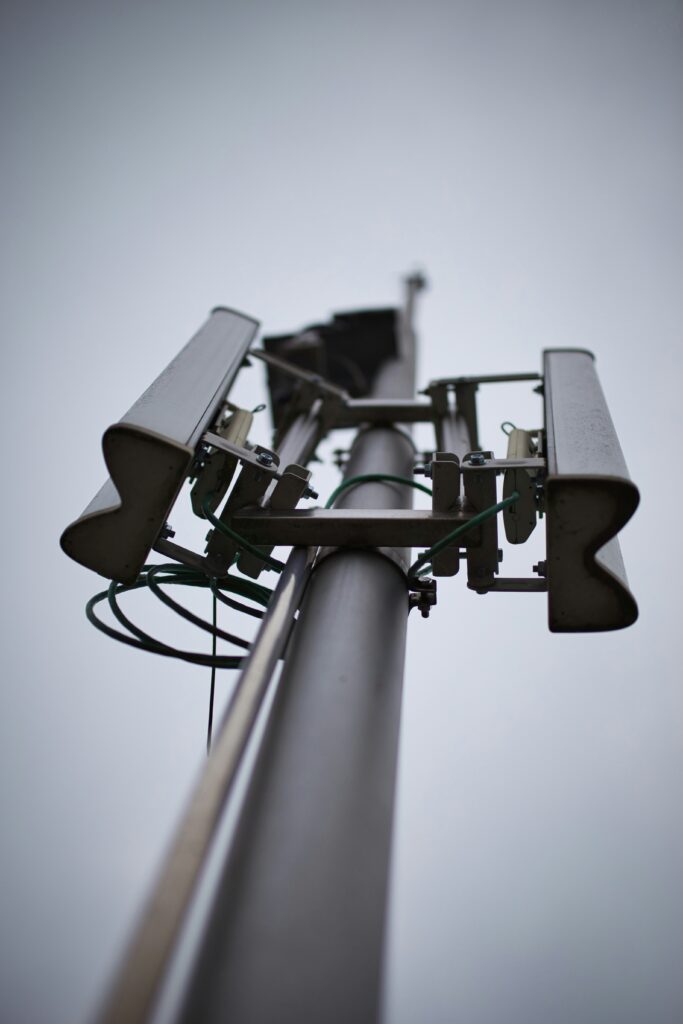
Challenges and Concerns
Despite its promise, 5G faces hurdles:
- Infrastructure Costs: Deploying 5G requires significant investment in towers and backhaul, especially for high-band frequencies.
- Spectrum Allocation: High-band spectrum can interfere with weather forecasting and aviation systems, requiring careful management (Washington Post: 5G and Weather).
- Security: The increase in connected devices raises cybersecurity risks, necessitating robust protections (Security Intelligence: 5G Security).
- Health Misinformation: Despite no evidence linking 5G to health issues, myths about cancer or COVID-19 have fueled vandalism (Cancer Research UK: Mobile Phones and Cancer).
- Digital Divide: Rural areas may lag in 5G deployment, exacerbating connectivity gaps.
Addressing these challenges is crucial for equitable 5G adoption.
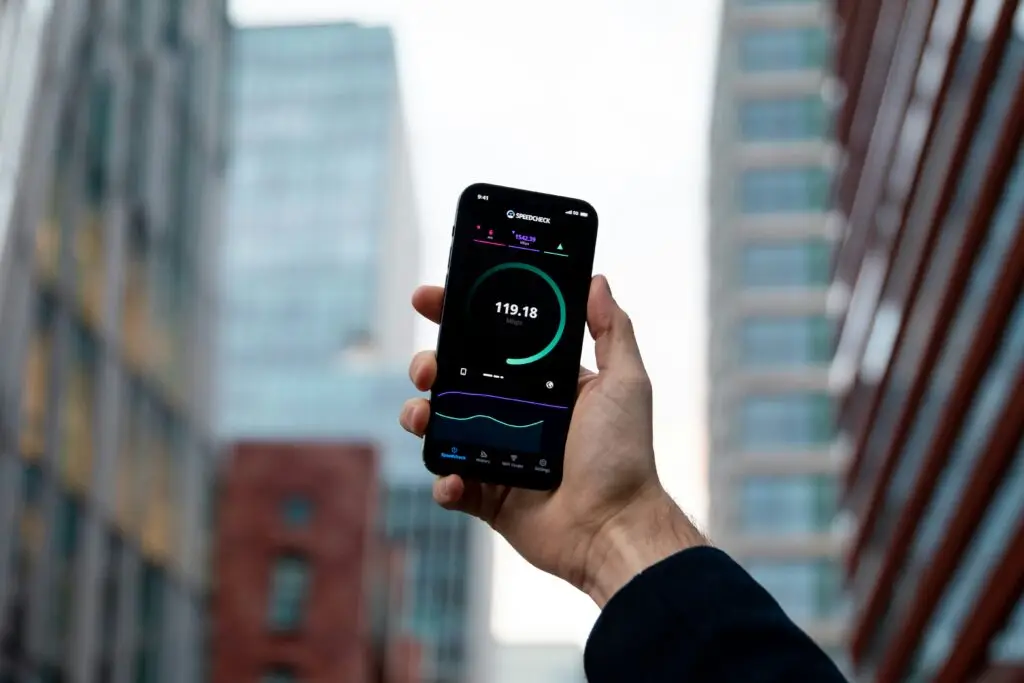
The Future of 5G and Beyond
5G is evolving with 5G-Advanced (5.5G), offering up to 10 Gbit/s downlink, lower latency, and support for 100 billion devices (3GPP: Release 18). This will enhance applications like digital twins and public safety systems. Looking further, 6G is on the horizon, promising holographic communications and ubiquitous connectivity by the 2030s.
5G’s integration with AI, edge computing, and non-terrestrial networks (e.g., satellites) will expand coverage to remote areas, ensuring broader access (5G Hub: Non-Terrestrial Networks).
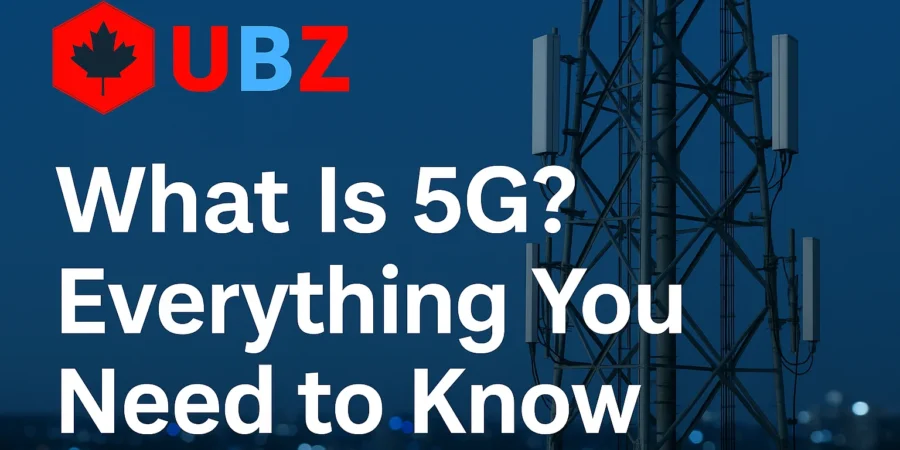
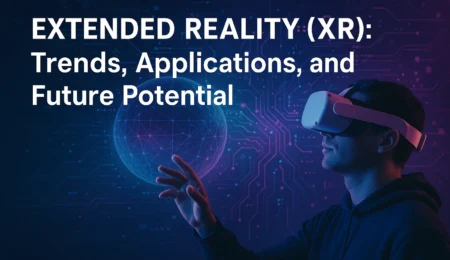
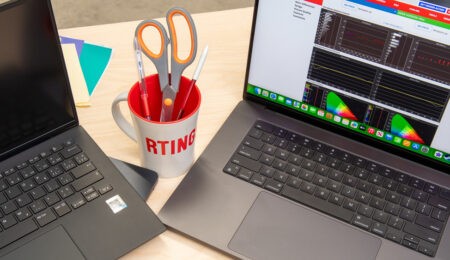
Leave a Reply